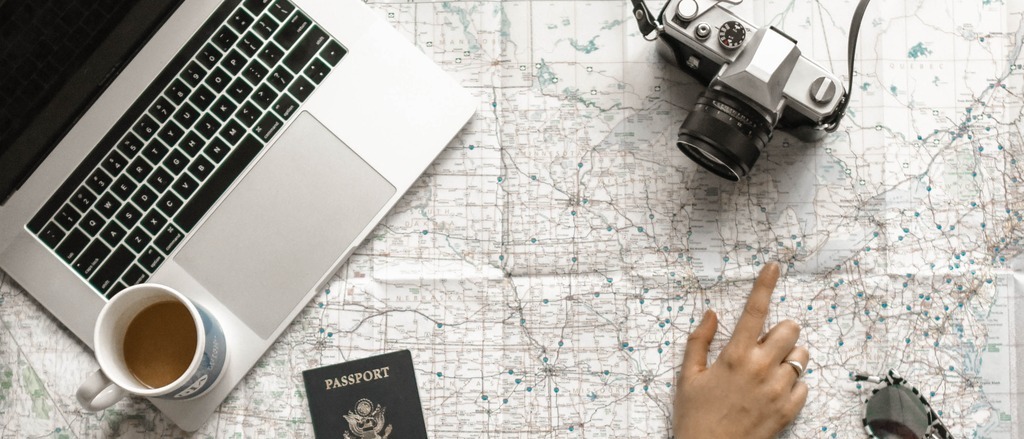
5 crazy flight myths that are actually true
- Curious Chronicles
Share this


Share Links
Check out this travel tip from Jack`s Flight Club
https://jacksflightclub.com/travel-hub/undefined
 Copy link to post
Copy link to post Email
Email WhatsApp
WhatsApp Facebook
Facebook Twitter
Twitter

About the author, Genora: Genora loves spotting a good deal, especially as a flight finder here at Jacks's Flight Club. She's lived in over five countries to date and enjoys adding new places to her ever-growing travel bucket list!






